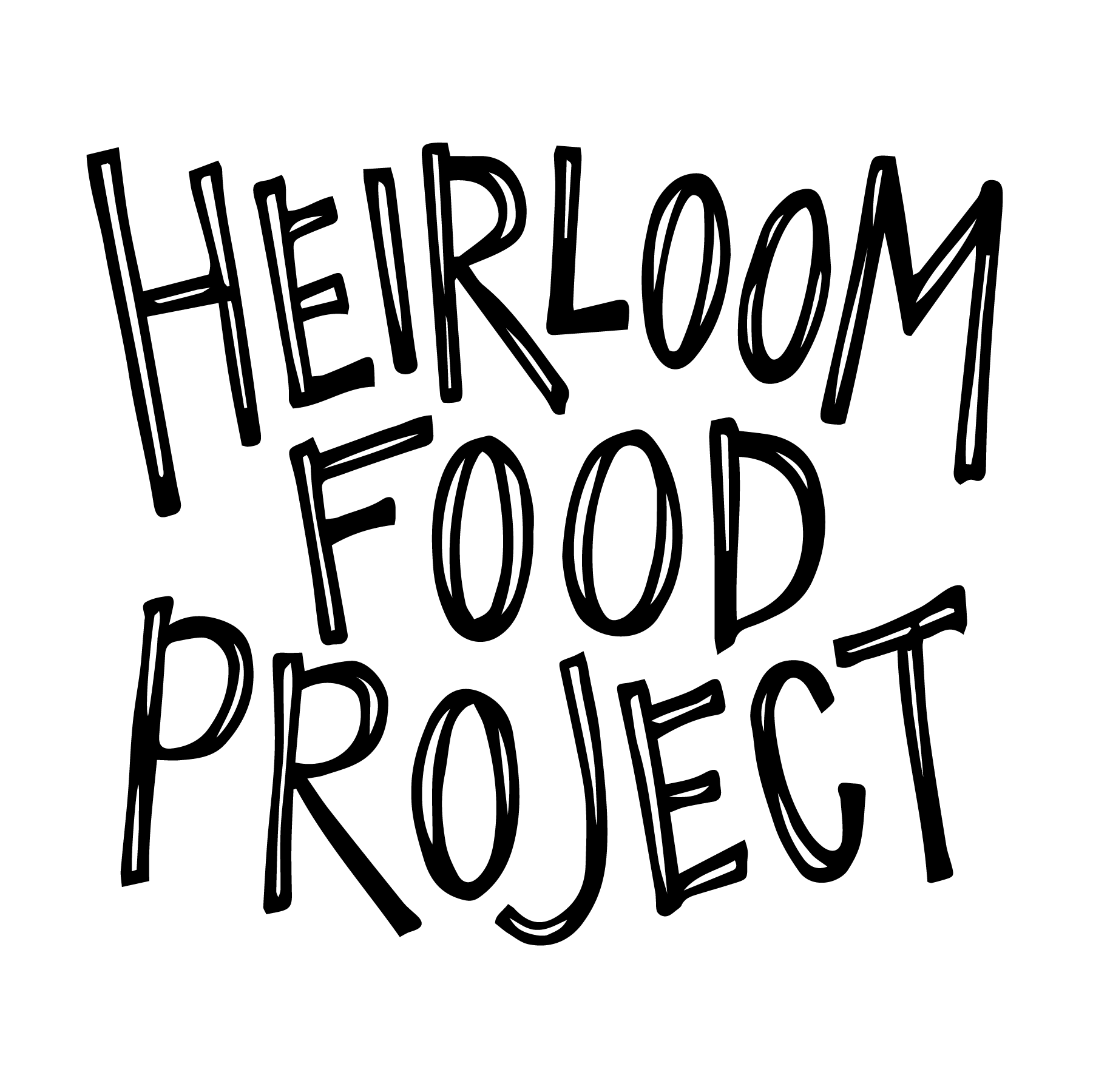Traditions Across the U.S.: Shawarma
I spent the past two months savoring and observing and sinking deeply into U.S. food traditions on a cross-country road trip. This series highlights the traditions I had the privilege of experiencing and prompts you with tangible ways to revive, reflect, and start food traditions of your own.
“I’m from Iraq and speak Jesus’s language: Aramaic,” Ed proclaims while tugging at his t-shirt sleeve to reveal a tattoo of Jesus’s face. We’re sitting on the patio outside of Gyros Express, one of his Phoenix-area eateries. I had just enjoyed a bright and fresh falafel salad.
Ed grew up cooking and eating Mediterranean food, especially steak shawarma. As a young man, he became a sniper in the Iraqi army during the Iraq-Iran War that claimed 1 million lives. Ed lifts my hand to his temple, and I feel a bump beneath my finger—shrapnel from a bomb. The experience is still with him.
After the war and 6 years of living in Greece, Ed moved to the U.S. and worked in parking. He realized this country was different when he made eye contact with a man, and the man’s response was, “What the $@&# you lookin’ at?” Ed recalls thinking, “I’m new here, but I don’t know what culture this is. Where I come from, you say ‘good morning.’”
As we sit at Gyros Express, Ed proudly walks us through the basics of shawarma. First, he fetches a set of his signature shawarma spice mixtures—the one for beef smells vividly of cinnamon and cumin. He marinates the meat in these spices and vinegar for at least 12 hours and then cooks it on vertical skewers (he built the rack himself). Distinctly flavorful sheep or lamb fat sits on top so it melts and drips down, seasoning the meat as it goes.
Ed laughs as he tells us what he makes when he’s just cooking for himself: “I take chicken and steak shawarma and rice and sauté it with onions. And you know what I put on top? Ketchup.”
Over the course of our conversation, Ed runs back into the kitchen several more times to unearth something to share with us. One trip yields a salty, chilled yogurt drink—a popular refresher in his home country. From the kitchen in his memory, he offers up a recipe for white fish baked with tomatoes, onions, bell peppers, and olives. As we part ways, he emerges yet again from inside with generous triangles of pistachio and traditional baklava.
I'll leave you with a question to chew on:
What other food traditions have immigrants shared with the U.S.? Like Ed puts ketchup on his shawarma, how have other countries’ foods influenced your own?
Keep it as a solo reflection, or share with me—I'd love to hear from you!



